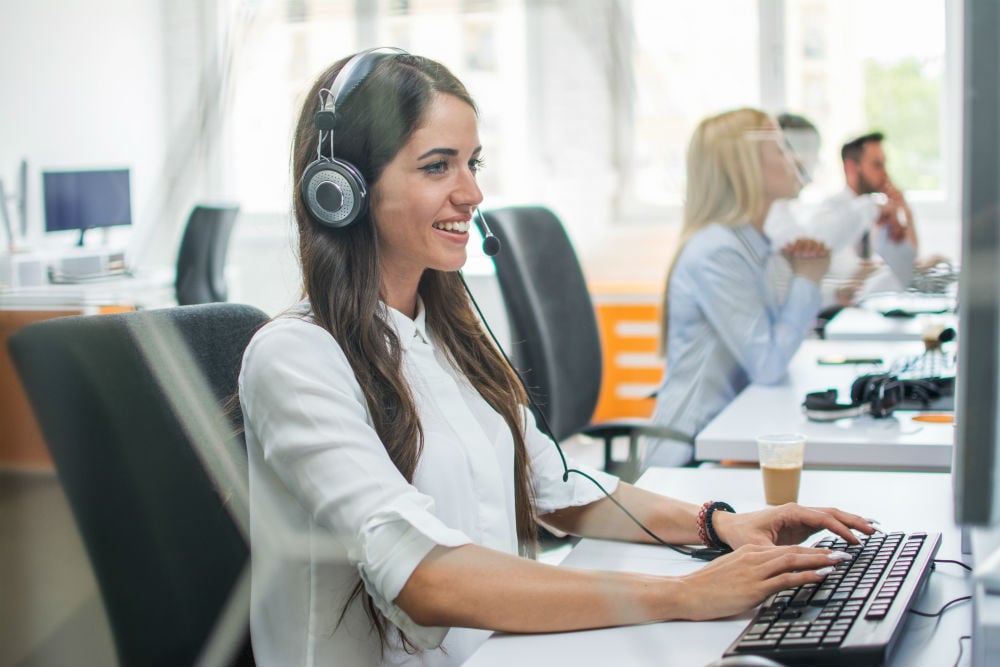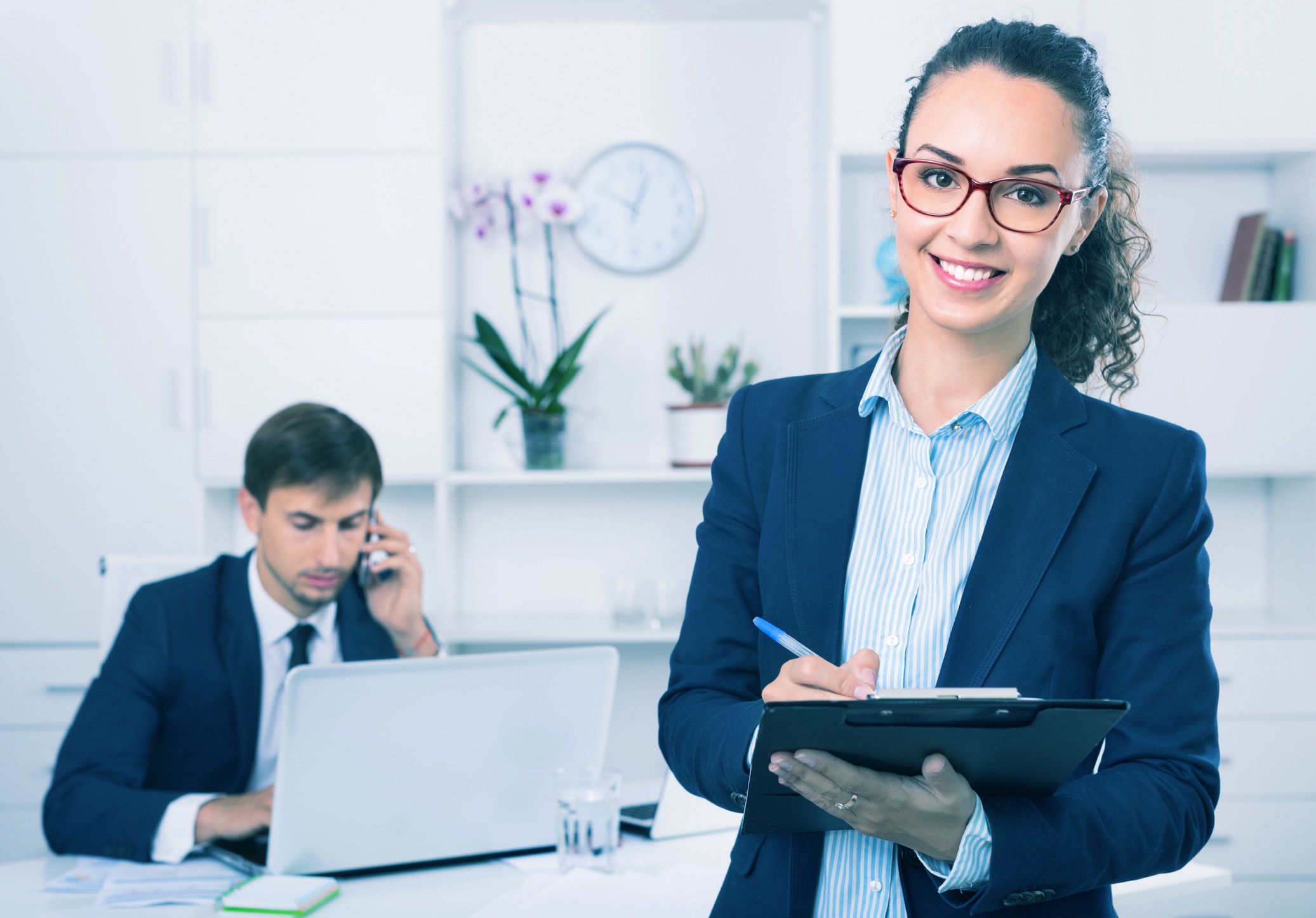All Categories
Featured
Table of Contents
Who Is The Best Melbourne Telephone Answering Service : Virtual Reception Service
This device and its successors were designed by Sava Jacobson, an electrical engineer with a private consulting organization. While early answering makers utilized magnetic tape technology, many modern devices uses strong state memory storage; some devices use a mix of both, with a solid-state circuit for the outbound message and a cassette for the incoming messages.
"toll saving" listed below) (call answering services). This is useful if the owner is screening calls and does not want to talk with all callers. In any case after going, the calling celebration should be notified about the call having actually been answered (most of the times this starts the charging), either by some remark of the operator, or by some greeting message of the little, or addressed to non-human callers (e.
This holds specifically for the Littles with digitally kept welcoming messages or for earlier machines (before the increase of microcassettes) with a special limitless loop tape, different from a 2nd cassette, committed to recording. There have been answer-only gadgets without any recording abilities, where the welcoming message had to notify callers of a state of current unattainability, or e (professional phone answering service).
What Is The Best Construction & Trades Phone Answering Service Company?

about schedule hours. In recording Little bits the greeting usually includes an invite to leave a message "after the beep". An answering device that uses a microcassette to record messages On a dual-cassette answerphone, there is an outbound cassette, which after the defined variety of rings plays a pre-recorded message to the caller.

Single-cassette answering makers consist of the outbound message at the start of the tape and inbound messages on the remaining area. They first play the announcement, then fast-forward to the next available area for recording, then tape-record the caller's message. If there are numerous previous messages, fast-forwarding through them can cause a significant delay.
This beep is frequently referred to in the welcoming message, requesting that the caller leave a message "after the beep". Littles with digital storage for the recorded messages do not show this delay, obviously. A little bit might provide a remote control center, where the answerphone owner can call the home number and, by entering a code on the remote telephone's keypad, can listen to tape-recorded messages, or erase them, even when far from house.
A Best Professional Call Answering Services: Everything You ...
Therefore the device increases the number of rings after which it responds to the call (generally by 2, leading to four rings), if no unread messages are currently stored, but answers after the set variety of rings (generally 2) if there are unread messages. This allows the owner to discover whether there are messages waiting; if there are none, the owner can hang up the phone on the, e.
Some machines likewise allow themselves to be remotely triggered, if they have actually been turned off, by calling and letting the phone ring a certain large number of times (typically 10-15). Some service providers desert calls currently after a smaller sized variety of rings, making remote activation difficult. In the early days of TADs a special transmitter for DTMF tones (dual-tone multi-frequency signalling) was regionally required for push-button control, given that the previously utilized pulse dialling is not apt to communicate proper signalling along an active connection, and the dual-tone multi-frequency signalling was executed step-by-step.
Any inbound call is not identifiable with regard to these homes in advance of going "off hook" by the terminal equipment. So after going off hook the calls should be switched to proper devices and just the voice-type is instantly available to a human, however perhaps, nonetheless must be routed to a LITTLE (e.
Best Answering Services Money Can Buy
What if I told you that you do not have to actually get your gadget when answering a customer call? Another person will. So convenient, best? Responding to call does not require someone to be on the other end of the line. Effective automated phone systems can do the technique just as effectively as a live agent and in some cases even better.
An automated answering service or interactive voice response system is a phone system that communicates with callers without a live individual on the line - answer phone service. When companies use this innovation, customers can get the answer to a concern about your company simply by utilizing interactions set up on a pre-programmed call circulation.
Although live operators upgrade the client service experience, many calls do not require human interaction. An easy taped message or guidelines on how a client can recover a piece of information typically solves a caller's immediate requirement - answer phone service. Automated answering services are a simple and reliable way to direct inbound calls to the ideal person.
Best Can How Answering Services Work
Notice that when you call a company, either for assistance or product inquiry, the first thing you will hear is a pre-recorded voice welcoming and a series of alternatives like press 1 for customer service, press 2 for queries, and so on. The pre-recorded alternatives branch off to other options depending on the customer's selection.
The phone tree system assists direct callers to the right individual or department using the keypad on a smart phone. In some instances, callers can utilize their voices. It's worth keeping in mind that auto-attendant options aren't restricted to the 10 numbers on a phone's keypad. When the caller has actually selected their first alternative, you can develop a multi-level auto-attendant that utilizes sub-menus to direct the caller to the ideal sort of assistance.
The caller does not have to communicate with an individual if the auto-attendant phone system can handle their issue. The automated service can path callers to a staff member if they reach a "dead end" and need help from a live representative. It is expensive to hire an operator or executive assistant.
What Is The Best Phone Answering Services - Australian Virtual Receptionists To Get Right Now
Automated answering services, on the other hand, are significantly more economical and supply substantial cost savings at approximately $200-$420/month. Even if you don't have committed personnel to handle call routing and management, an automatic answering service improves efficiency by allowing your group to concentrate on their strengths so they can more effectively invest their time on the phone.
A sales lead routed to customer care is a lost shot. If a consumer who has item concerns reaches the wrong department or gets incomplete answers from well-meaning workers who are less trained to handle a specific kind of concern, it can be a reason for aggravation and discontentment. An automatic answering system can decrease the variety of misrouted calls, thus helping your workers make much better usage of their phone time while releasing up time in their calendar for other jobs.
With Automated Answering Systems, you can develop an individualized experience for both your staff and your callers. Make a recording of your primary welcoming, and merely upgrade it frequently to show what is going on in your organization. You can create as numerous departments or menu options as you desire.
Latest Posts
Effective Medical Answering Service Near Me – Australia
Expert After Hours Answering Service – North Sydney
Effective Custom Phone Answering